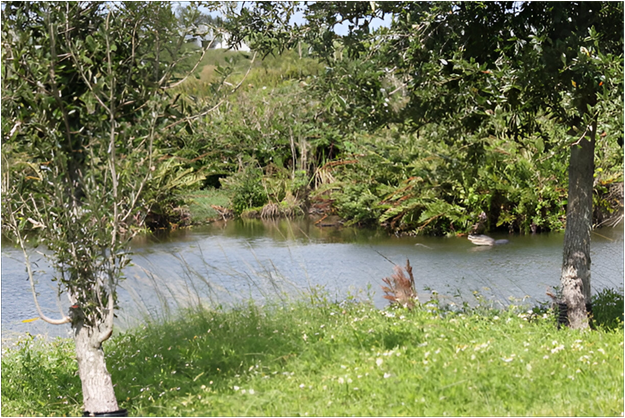Want to see toads, dragonflies, birds and perhaps even a hedgehog in your backyard? Build a pond. Not only does a pond look beautiful but it creates a Zen Garden, as well as attracts the local flora and fauna and pollinators. However, there is no need of a vast yard or a huge budget to create a pond system. You can convert a small area in your garden into a place where the wildlife can hang out with a small planning.
Start with Clean Water & the Right Tools
A good pond must have clean water and it should be properly maintained. Just invest in a pond hoover as it makes the task of removing leaves, algae, and sludge easy. There are many other tools like filtration system and aerators, you will need to install to ensure clean pond water and balanced ecosystem for the survival of aquatic life. For good pond supplies and plants, check out That Pond Guy in the UK. They even offer pond installation and maintenance services.
Pick the Best Spot
Where you put your pond is key. It should get a mix of sun and shade. It means gets about 4–6 hours of sunlight a day. An excessive amount of sun promotes algae growth rapidly, whereas, an overabundance of shade slows down the growth of the plants and limits oxygen. It is just as well not to leave it where big trees drop off their leaves and upset the balance of the pond.
Add Native Plants for Shelter and Oxygen
Not all those plants are decorative; there are some that keep your pond alive. There are plants such as marsh marigold and purple loosestrife that provide protection to frogs and bugs and there are other plants such as hornwort or water crowfoot which keeps the water clean. Plants such as floating water lilies give shade and prevent algae. Use local plants because they have adapted the area where you live and they will adjust well.
Make It Easy for Wildlife to Access
You should also think about the steepness of the sides of your pond, small critters may not easily swim in and out. And to make it safer for them add gently sloped edges. You can also put flat rocks or logs partly in the water for animals to land and hang out on. This will attract all sorts of visitors, from bees getting a drink to herons hunting for food.
Avoid the Chemicals
Avoid spraying pesticides, herbicides, chemical algae killers in, or around the pond. They will not only injure pests you want to get rid of but even the animals you want to attract. In case of algae, attempt to solve the issue with natural methods such as increasing the number of plants, adding barley straw and/or installing a UV purifier.
Maintain a Year-Round Care Routine
Seasons vary and ponds do too, so care routine also must vary. During summer, keep a watch on the water level and water supply needed. When the leaves drop in the fall, net your pond to avoid leaves dropping inside the pond. In winter, cover the pond. Routine care, such as clearing, pruning, gardening, and inspection will help maintain your pond in a healthy status, throughout the year.
As soon as you have settled your pond, you will realize all kinds of life erupting there. Starting with little tadpoles in the spring and ending with all the buzz of dragonflies in the latter part of summer, there will be a scenery of life.

